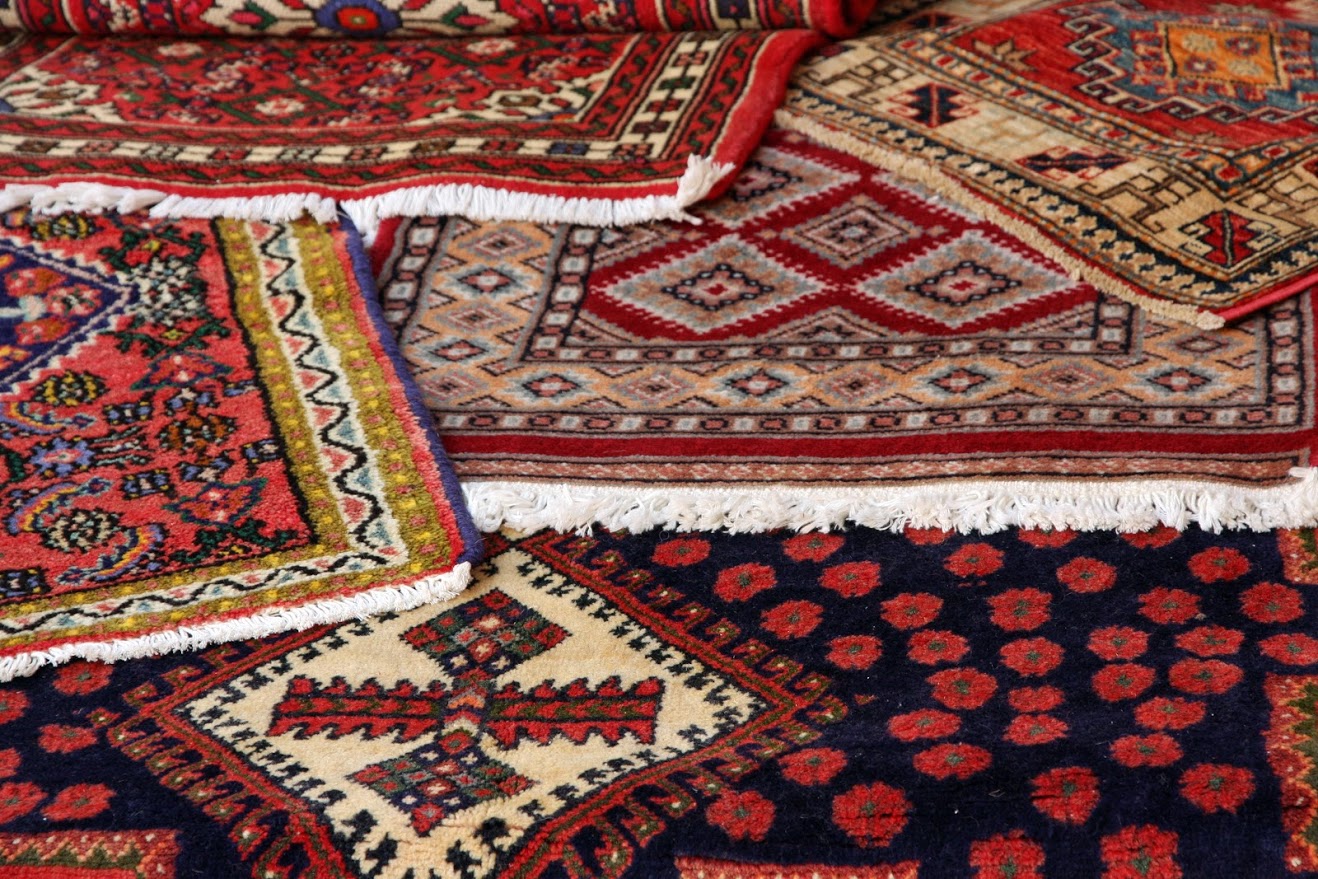Quick Guide to Safe Carpet and Rug Storage
Whether you’ve temporarily moved into a small apartment or you have a too-large collection of valuable oriental rugs for your current home, you need a safe place to store your carpets, rugs, and fabric floor coverings. Follow these storage tips to ensure that your favorite carpets and rugs remain intact while in storage.
Prepare Rugs and Carpets for Storage
Food bits, dust, and moisture left in your carpet or rug can lead to serious damage over time. Food bits, dust, and dried-up beverage spills attract mice and insects, including carpet beetles and moths. Any moisture left in a dirty, rolled-up rug will cause mold and mildew to form on the rug fibers.
To prevent this destruction, have your carpets and rugs professionally cleaned before storing them. A professional carpet cleaner has detergents and cleaning methods that won’t harm the carpet fibers but will remove all residual dirt and grime.
If you clean the carpet yourself, make sure that the carpet is absolutely free of soap and thoroughly dry before you roll it up for storage. Run a dehumidifier in the room with the carpets for a day or so if you live in a humid environment. The dehumidifier will pull out any moisture from the carpets before they’re stored.
Some experts recommend applying moth flakes or other repellent to your rugs and carpets before storing them. Other experts disagree and claim that the moth repellents may damage carpets and will leave a strong odor.
If you worry about moths eating your carpet, wrap the rolled carpet well with one of the coverings suggested below. Seal all openings and seams of the carpet covering. Use moth repellent or insecticide on the floor and other areas near — but not in contact with — the stored carpets.
Roll Your Carpets Instead of Folding Them
Whether you’re storing a thick-knotted wool carpet or a thin dhurrie rug, never fold it. Folds imprint indelible creases in a carpet over time. Always roll your carpets and rugs to preserve the look of the floor coverings.
Use approved carpet and rug tubes to wrap the rugs around. The rigid carpet tubes maintain the shapes of rugs and reduce creasing and wrinkles. When rolling up rugs, keep the pile on the inside for most wool and oriental rugs. Roll in the direction of the pile’s nap to protect the yarn surfaces from being crushed.
For silk rugs and rugs with linings, keep the pile on the outside of the roll. Reversible kilim and dhurrie rugs can be rolled either way.
Cover Rolled Rugs
Protect your rugs in storage by covering them with some type of fabric or material. Experts recommend using one of the following materials:
- Acid-free paper
- Washed cotton sheeting
- Washed muslin sheeting
The paper or fabric should be cut to overlap several feet around the first flap of fabric. Use polyester twill tape or strips of fabric to secure the covering and close up any gaps. Some experts recommend packing tape over paper, but be aware that glues in some tapes can separate and ooze onto carpets.
Don’t use newsprint or other printed paper as wrapping for stored carpets. Inks and oils in newsprint can stain carpets.
Polyethylene is used by some people as a covering when carpets are stored in climate-controlled buildings. However, if the carpet will be subjected to a humid storage environment, the polyethylene wrapping can trap mildew and encourage mildew growth.
Protect Rugs From Storage Surfaces
Avoid storing rugs in direct contact with the storage-area floor. If the ends of rolled rugs must be on the floor, use wooden pallets or risers to hold the rug ends at least six inches off of the floor surface.
Rolled rugs and carpets can be safely stored horizontally on wide metal storage shelving. However, the metal can create permanent marks or creases in the rug pile or backing. Wrap the metal shelves in bubble wrap to prevent marking of carpets and rugs.
If you use wooden shelving to store rolled rugs, protect your rugs or carpets from the acids that can leach from wood surfaces. Acids in wood and paper can stain or degrade carpet yarn. Roll the carpets and place them in acid-free carpet tubes before storing them on wooden shelves.
Periodically Check Carpets and Rugs
Unroll your carpets and rugs every month to six weeks. Check for any mildew growth, moth larvae, or other problems. Keep your storage area as dust-free as possible so as not to attract mites and carpet beetles.
Whenever possible, store your carpets, rugs, and fabric floor coverings in a climate-controlled storage space without windows. Climate-controlled, windowless spaces keep rugs and carpets safe from excess humidity, insects, and sun damage.
Find accessible, climate-controlled carpet and rug storage in the Twin Cities, Minnesota, region by contacting North Star Mini Storage today. We offer eight convenient, clean, and secure self-storage locations to safely preserve your favorite oriental, wool, and decorative carpets.



